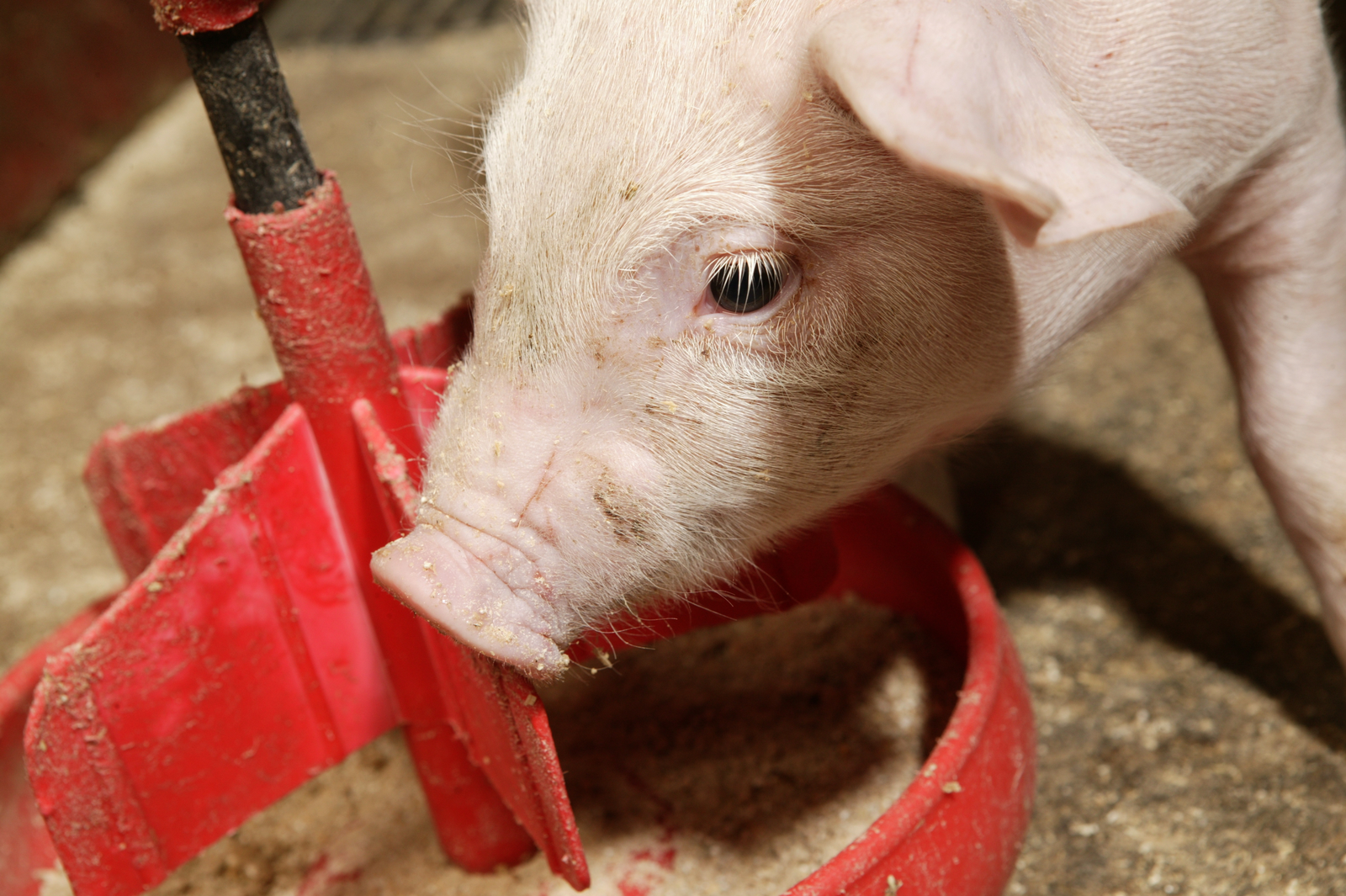Feather meal a good source of energy for pigs

Hydrolysed feather meal is a co-product of the poultry processing industry that can be used as a protein source in swine. A lack of published data on the digestibility of energy and nutrients in feather meal fed to pigs spurred on researchers at the University of Illinois and Auburn University to give producers more information about the nutritional value of this feed ingredient.
Hans H. Stein, a University of Illinois animal sciences researcher, and Lee Chiba, a professor of animal nutrition at Auburn University, collaborated to determine the amino acid and phosphorus digestibility and the concentration of digestible and metabolisable energy in hydrolysed feather meal from four different processing plants.
The processing of hydrolysed feather meal is not standardized, which means that feather meal processed in different plants may vary in nutritional value. Because feather meal may contain coagulated poultry blood, each source was included in the experiment both without and with added blood.
Results of the research indicated that the digestibility of crude protein and every amino acid was different among the four sources of hydrolysed feather meal if no blood was added.
The addition of blood to feather meal had inconsistent effects on the digestibility of amino acids. Digestibility of lysine increased with the addition of blood in two of the sources of feather meal but not in the other two sources; however, adding blood reduced the digestibility of isoleucine, leucine, methionine, valine and the average of all indispensable amino acids in two sources of feather meal but had no effect in the other two sources.
Stein says that the differences in amino acid digestibility might be due to differences in processing.
“Processing conditions such as steam pressure and time of hydrolysis can affect the quality and digestibility of protein and amino acids,” he explained. “It also is possible that differences in the timing of blood addition, before or after hydrolysis of the feathers, have an effect on amino acid digestibility.”
Other results of the experiment indicated that there was a tendency for phosphorus digestibility to differ among the four feather meal sources, but, in all cases, digestibility was greater than 89 percent for feather meal without blood.
For all sources, phosphorus digestibility in feather meal with added blood was less than that in meal with no blood added, with digestibility in one source reduced to as little as 50.2 percent.
The concentration of metabolisable energy ranged from 4,206 to 5,474 kcal per kg DM with no consistent response to the addition of blood; however, there were significant differences among the four sources of feather meal.
These values are greater than values previously published for hydrolysed feather meal.
“It’s important for producers to consider the source of feather meal and whether or not it has added blood when they’re using it in swine diets. That way they can accurately assess its nutritional value,” Stein says. “These results indicate that, regardless of source or addition of blood, feather meal contains more digestible and metabolisable energy than has been demonstrated in the past.”
The article, “Amino acid and phosphorus digestibility and concentration of digestible and metabolisable energy in hydrolysed feather meal fed to growing pigs,” was published in the Journal of Animal Science.
The full paper is available online at www.journalofanimalscience.org/content/91/12/5829.full.
Join 26,000+ subscribers
Subscribe to our newsletter to stay updated about all the need-to-know content in the feed sector, three times a week. Beheer
Beheer









 WP Admin
WP Admin  Bewerk bericht
Bewerk bericht